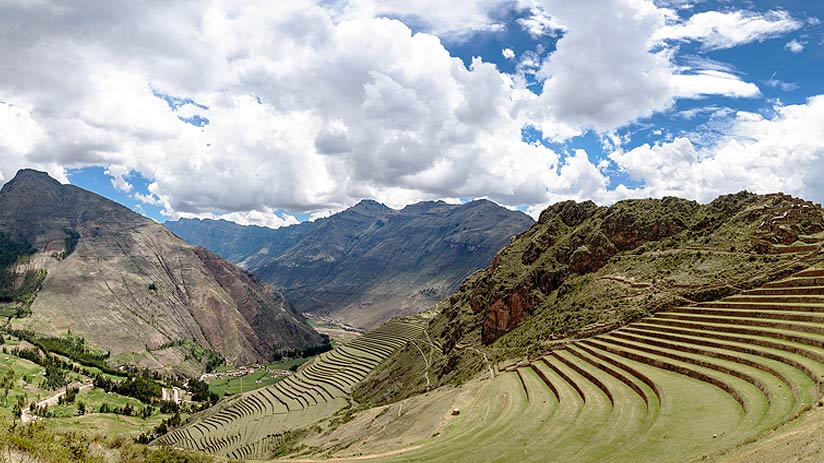When you travel to Peru, specifically the Imperial City and its beautiful Sacred Valley will be two of the highlights to enjoy within the many destinations of Peru. In general, the Sacred Valley and Cusco are usually mandatory stops for those looking to visit Machu Picchu. Also, the magnificent Sacred Valley has many attractions of great historical and anthropological value. Therefore, when you think about things to do in Cusco, these two destinations are points that you cannot ignore. And, among the different places to visit, Pisac ruins are one of the most iconic and representative of the Sacred Valley of the Incas.
That is why, together with the travel experts of Machu Travel Peru, we have prepared a small article about this amazing archaeological park. Because being able to explore these ruins is something that no one should miss.
Everything you need to know about this awesome archeological site
- Pisac location
- History of Pisac
- Origin of the name
- Utility of the Inca citadel
- The ruins of Pisac
- The Pisac tour
- Ways to get to Pisac
- The best time to visit it
- By myself or within a tour?
- Alternative Pisac attractions
- Entrances and schedules
- What to bring
Pisac location
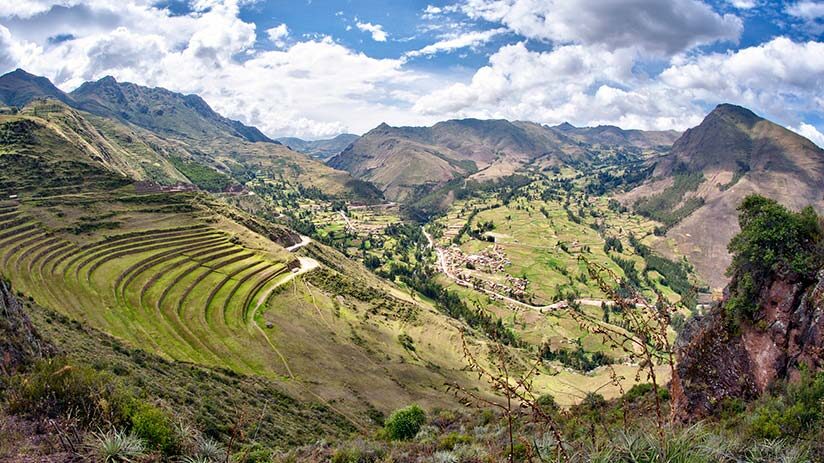
This amazing Inca complex is located at the eastern end of the Sacred Valley map. Just a 1-hour drive or 34 kilometers from the beautiful Imperial City. Regarding the ruins, these are located 3,300 meters above sea level, while the town is only 2,974 meters above sea level. Therefore, this village is relatively lower than Cusco, so it is also an excellent destination to spend some days and acclimatize to the altitude. Also, there are numerous ways to get there. However, the most popular route passes through the beautiful ruins of Sacsayhuaman surrounding Cusco.
In addition, the beautiful traditional town has different handicraft stores, markets, coffee bars, higher-level restaurants, and luxury hotels to enjoy. Also, you will find cheap accommodation options. This town really offers everything.
History of Pisac
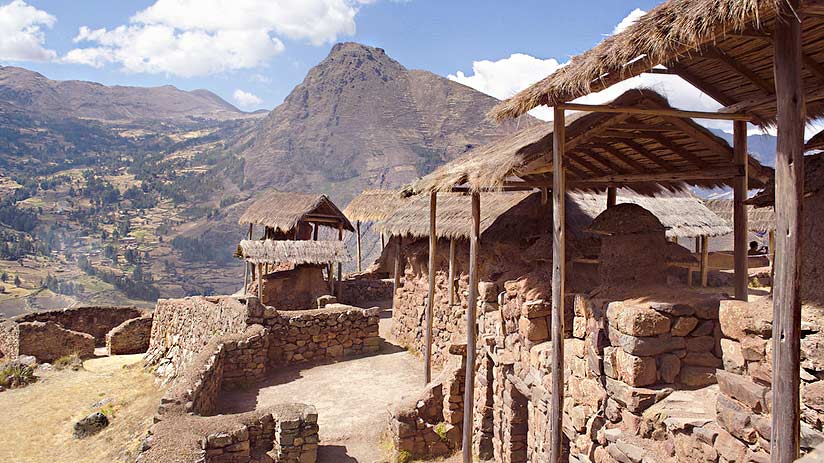
Pottery remains found in the area indicate that the region has been occupied for a long time, even long before the Incas. There is evidence that there were two pre-Inca settlements, the Ayarmaka and Pinaguas (around the 1200s), between the slopes of the Vilcanota river tributaries called Quitamayo and Chongo. The remains of these pre-Inca settlements saw the Inca complex area boom with its agricultural terraces and its alluvial plains. But as the threat of attack from outside tribes weakened, slowly the villagers left the zone and moved closer and closer to the regions near the main roads that now depart from Cusco and Urcos.
When the Inca Empire conquered the area, it was on the ridge of the mountain that magnificent buildings were built. The consensus states that it was constructed by the Inca emperor Pachacuti, not before 1440. Many scholars have concluded that Pachacuti designed it as a multifunctional residence. The site offers a real refuge isolated from the capital. People believe that here is where the Panacea (family and offspring of the Inca) relaxed and had religious ceremonies. Nowadays, it offers an incredible view of the current location of the city and a spectacular view of Sacred Valley.
Origin of the name
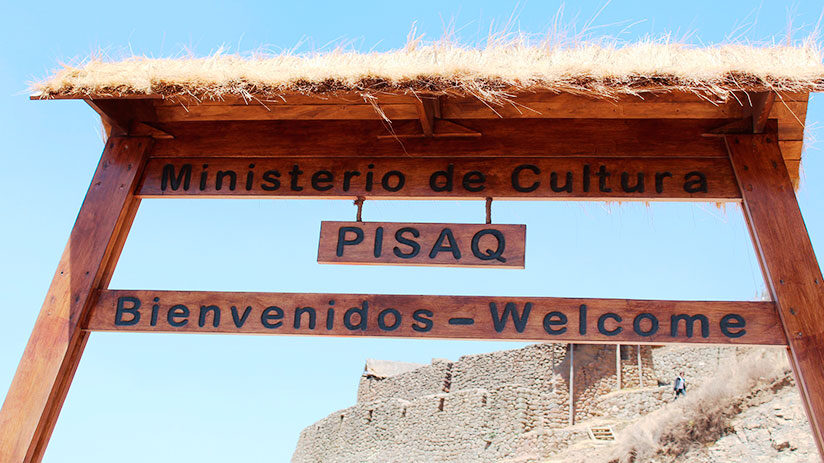
Some historians suggest that the word derives from “Pisaca” which means Partridge. They even propose that the numerous agricultural terraces represent the wings of a Partridge, which was a bird abundant in the area.
Utility of the Inca citadel
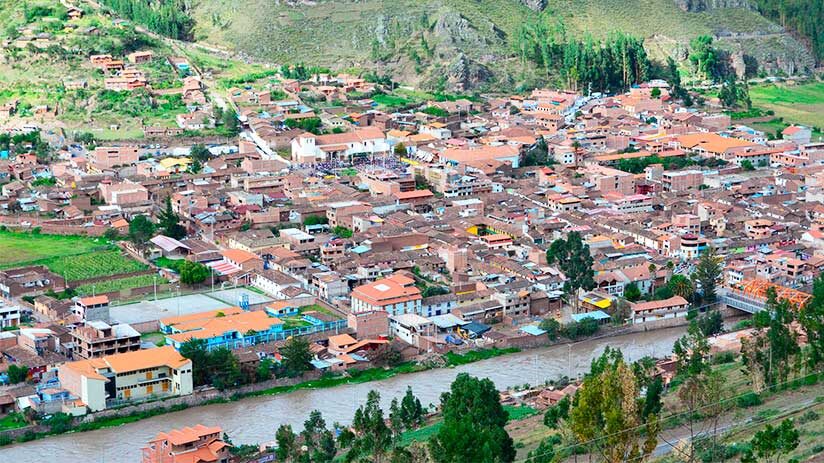
This Inca neighborhood is an obligatory stop among your things to do in Sacred Valley. The Inca complex is widely acclaimed as some of the best stone works worldwide, only becoming comparable to those of Machu Picchu. And this fact can be reflected in its two well-defined zones:
- The Inca ruins of the same name and their platform system and carved stone enclosures. This worked as a castle, observatory, and religious place, where the Panacea (Inca’s direct family and offspring) rested and enjoyed Sacred Valley weather.
- The other zone is the town located on the mountain bottom. There is located the modern population of the town.
The ruins of Pisac
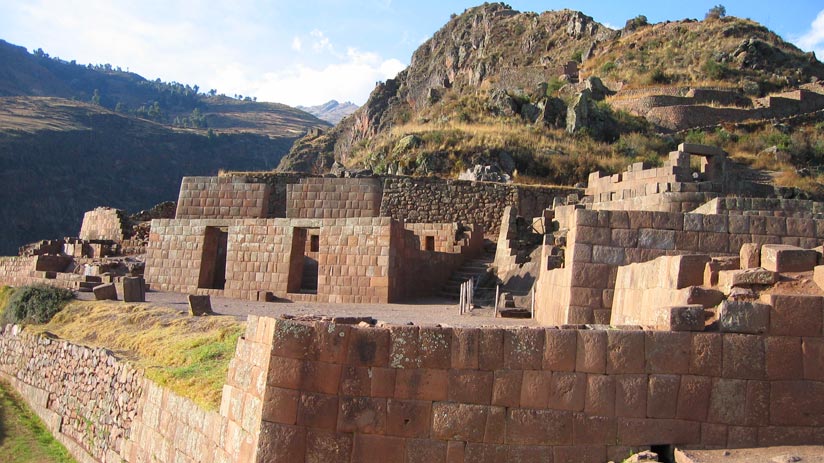
The astonishing ruins are located high (3,300 m.a.s.l) above the valley floor and its modern colonial town. The Inca archeological site is considered one of the best-preserved in Peru, so it is not surprising to be one of the tours in the region most demanded. All the site is spread over a vast green area of the entire mountain, so exploring the complex can take some time (usually a whole day). Within the site, you can find a residential settlement, ceremonial baths, and the largest Inca cemetery in South America. Also, the entire archaeological site is surrounded by numerous agricultural terraces that blend harmoniously with the landscape. In this sense, the archaeological complex is divided into nine main areas:
1. Ajachapata Terraces
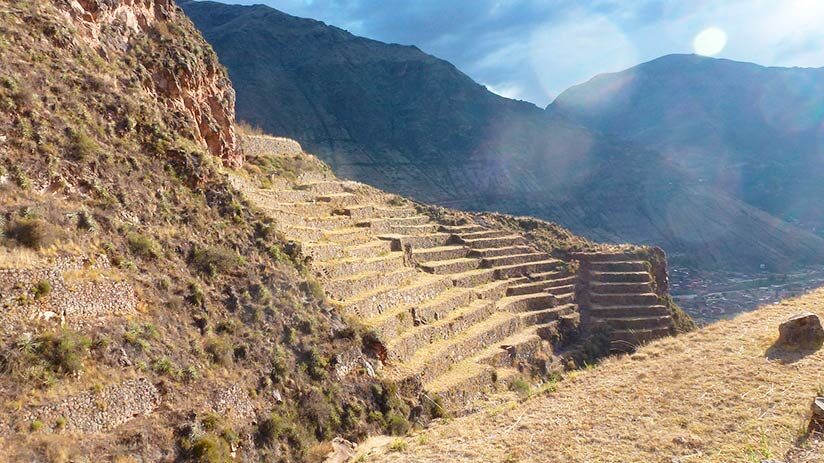
If the visitor walks 200 meters from the main square of the modern town, northbound, beginning the climb up to the mountain, he will see a series of 40 platforms, situated on its slope, these forming an Andean Partridge wing. The shortest terrace is located at the base, close to the Urubamba river’s banks, and the longest is situated closer to the mountaintop. Without a doubt, Ajachapata will be the first interesting attraction to see among these Peruvian ruins.
2. Towers (Qoriwayrachina)
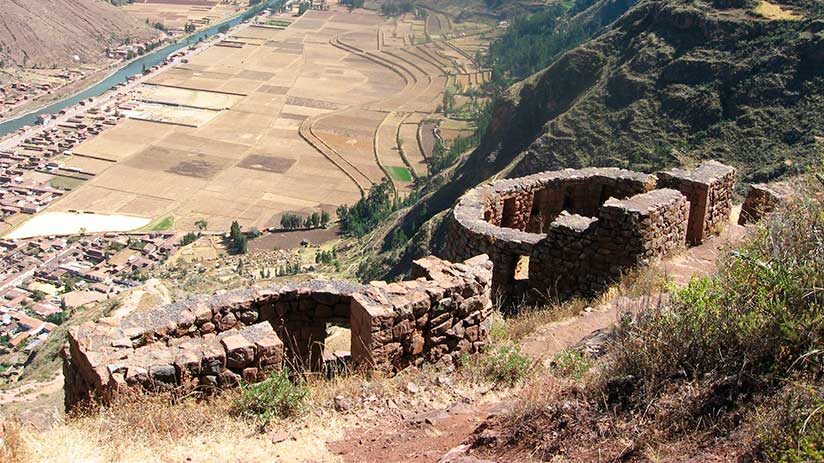
Around 20 towers are situated throughout the complex. Therefore, the Inca complex is known as: “The Towers city”. These buildings can be divided into two types: The Cockpit turrets; are conical towers of well-carved stones located on the edges of mountain ledges with waterways connections. The other ones are the Watchtower turrets which are conical towers of rougher structure, compact mass fills its interior and a flat surface crown its top. These turrets were not hollow enclosures, therefore the Inca watchman had to stand on its top to spot possible far threats. The most famous among these towers is the Qoriwayrachina tower.
3. Inca cemetery (Tankanamarka)
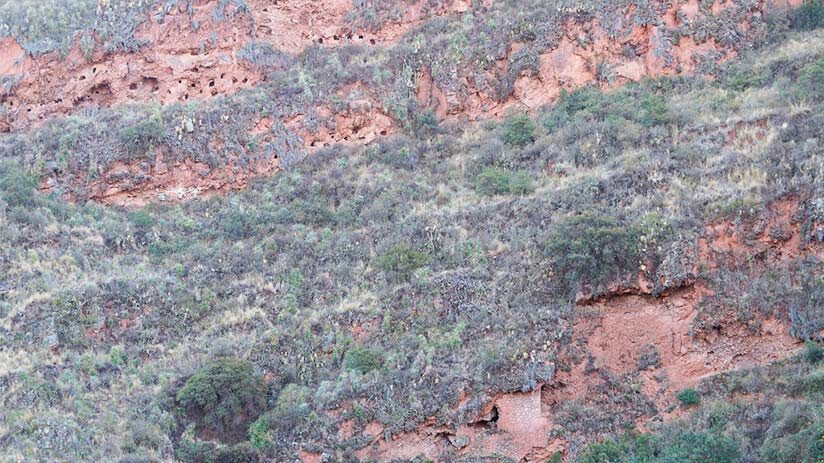
It is maybe the largest Inca cemetery in all of South America. Nowadays, we find 1000 Incas tombs carved over the hillside of a cliff, on the other side of the Quitamayu river. However, the experts affirm that there were more than 10,000 tombs in the Inca’s times (the rest was looted by treasure hunters)
4. The Inca Wall (The door of the snakes)
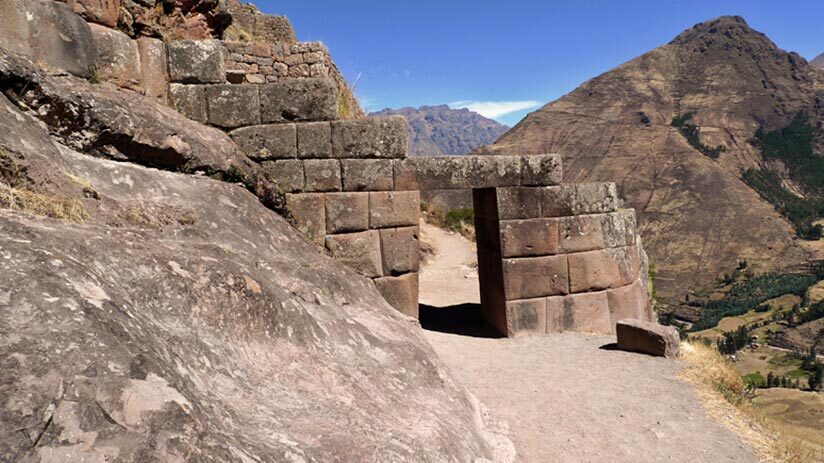
This is a discontinuous structure made up of big well-carved stones. Many of these walls were distributed in specific places. The current Inca Wall has 5 doors, the main of which is called “The door of the snakes” and it was the entrance to principal neighborhoods located on the mountaintop.
5. Intihuatana
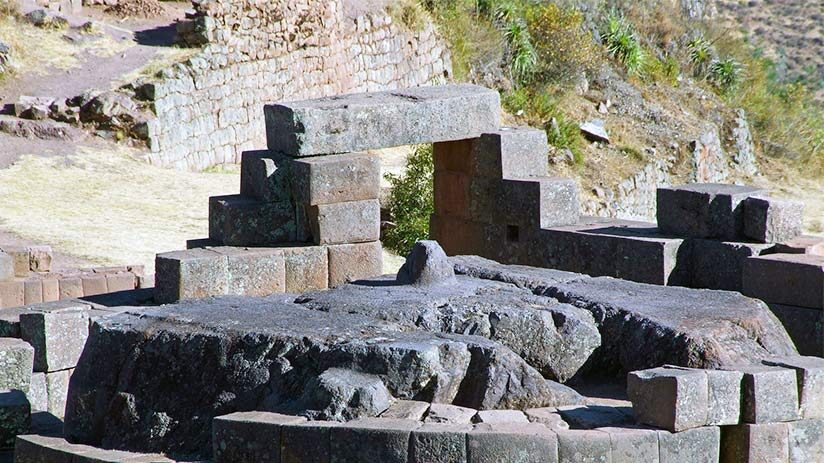
There are Inca temples and palaces that are formed by well-carved stones, fitted perfectly without mortar between them. This area is proof of that. The zone is divided into three levels and Its precincts are larger than other ones. Precisely, one of them, called “Intihuatana”, has a “D” form and contains a big carved stone in its center, with a protuberance on its top. Many theories affirm that this stone was used to measure the seasons and positions of the sun, according to the cast shadow.
6. Tiayanuc Neighborhood
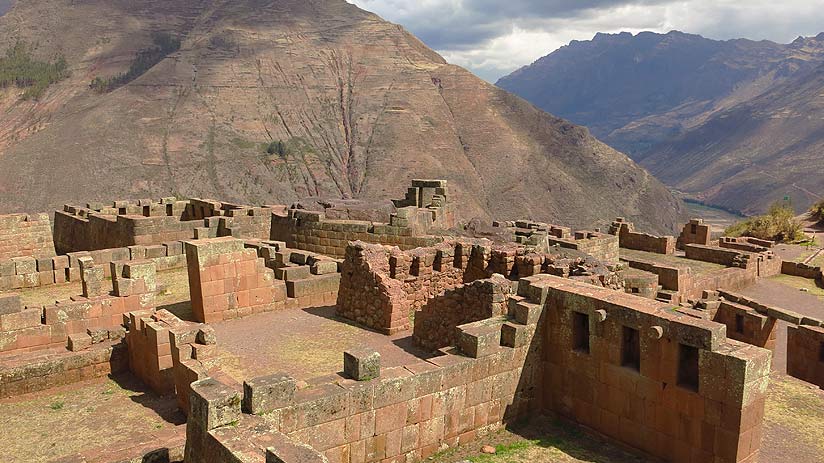
This is a precinct series, situated around a square that has a little carved stone with a back and elbow pads seat shape. Therefore, the place receives the name “Tiayanuc”, a Quechua word that means “That has a seat”. The precincts there are smaller than other zones, but express beauty and perfection through their well-carved stones.
7. Q’allaqasa
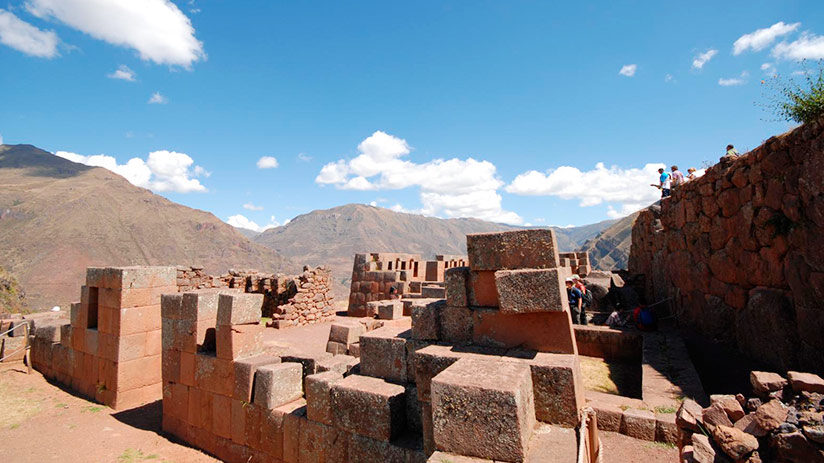
Q’allaqasa is the highest neighborhood in the archeological park. Its precincts are situated at the top of the mountain. Many of them face to the North over an inclined plane. Q’allaqasa has many towers, chambers, and steep slopes, even a short tunnel of 3 meters long. Amazing cliffs border the neighborhood. Even, though this zone is one of the most visited tourist sites in Peru, among Sacsayhuaman, Ollantaytambo, and even Machu Picchu.
8. Kinchiracay
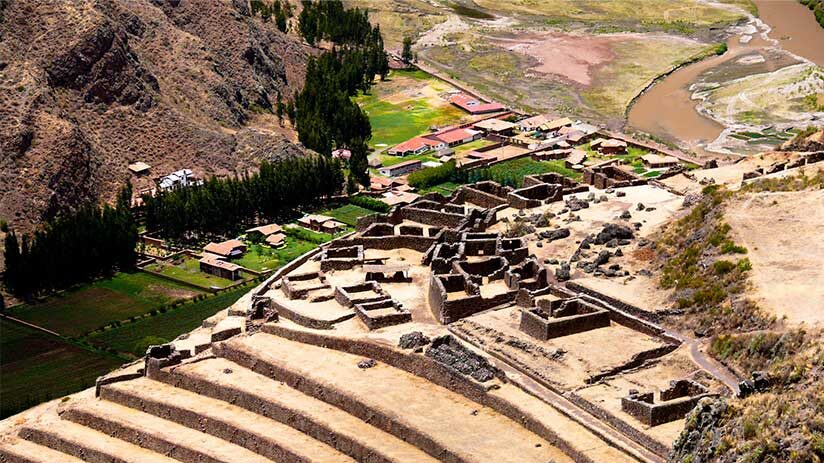
This neighborhood checks over the northeast zone of the complex. Therefore, many academics affirm that the zone was used as a lookout post. There are many houses and precincts made up of medium and small stones. The neighborhood is situated on an inclined plane. Its limits reach the river coast of Chongo creek.
9. Pisaqa
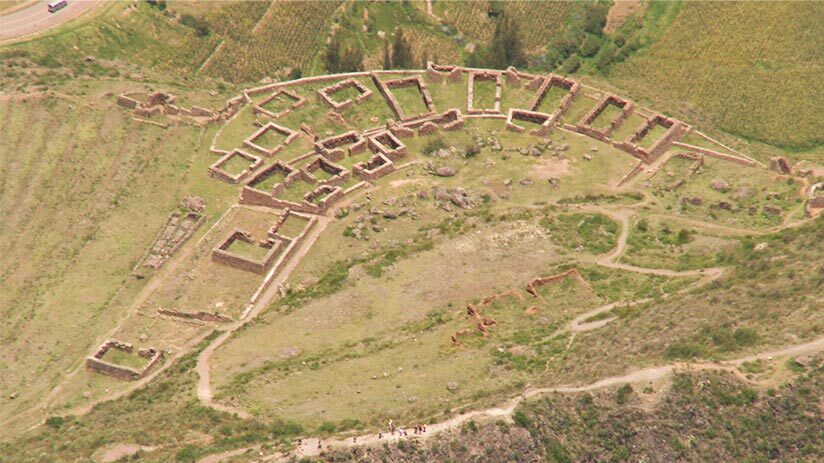
23 beautiful precincts are situated in this sector, with an amazing order, over an artificial esplanade (The Incas had to remove earth from it). The neighborhood is located 200 meters down from the Intihuatana Neighborhood. The distribution of the zone has a form of a half-moon.
The Pisac tour
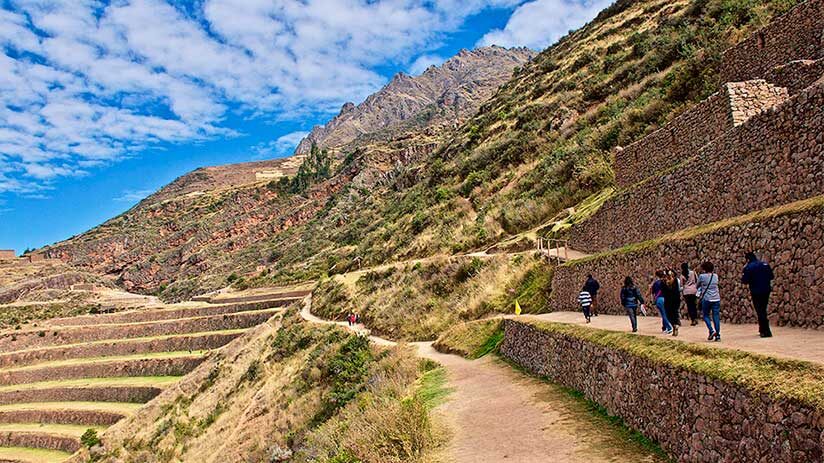
Approximately 3-4 hours are perfect for a complete tour of this Inca fortress and the best way to visit it is with a tour guide (since this is an Archaeological site very extensive and with much history), in the morning and during the dry season (March – November). Once at the entrance of the archaeological park, you will be able to appreciate a huge set of agricultural terraces. If you continue along the busiest path, along the hillside, you will reach the main entrance of the temples sector. Following, the undulating path reaches a narrow tunnel. As you exit the tunnel, you will enjoy of the beautiful residential and agricultural area known as Pisaca or Q’allaqasa. There you will be able to appreciate a series of ceremonial baths fed by a complex network of channels.
The truth is that the archeological complex has a lot to offer. For example, the temples sector or the ceremonial center is made up of a dozen buildings. All are built with impeccable masonry work. The Temple of the Sun and the Intiwatana are the centerpieces of the site. These temples are perfectly aligned with the dawn of the winter solstice. We can deduce that, like other sites, these had ceremonial, astronomical, and religious functions for the Incas. But having several sites, we can say that this Inca complex was multifunctional, as a modern neighborhood. From the temple complex, the trail continues to a viewpoint. Although other trails can lead you to the other parts of the beautiful complex.
Ways to get to Pisac
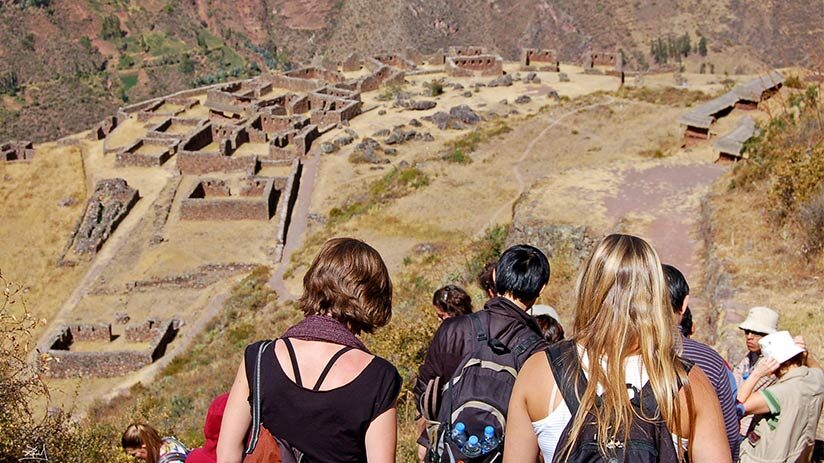
To get to this Inca charm, you can do it in several ways. However, first, you have to depart from Cusco, the Imperial city, where the local airport and the majority of hotels, hosts, and Airbnbs are located. There are Puputi Bus Station (located on the street of the same name, 5 blocks from the main square) and Pavitos Bus Station (located 7 blocks from the main square). Once there, you’ll have to take a Bus with the “All Sacred Valley” sign. The bus trip lasts 1 hour until the town. The bus ticket costs 8 Soles per person. Of course, there is another type of transportation, the Mini Vans offer transport to the archaeological site in less time (45 minutes) by 10 Soles. Or you can take a shared taxi, the cost is 15 Soles and the trip lasts 30 minutes. All these types of transportation depart from both of the stations mentioned lines above. Once arrive at the local town, from there, you will have three options to get to the same Inca archeological park.
A. Walking
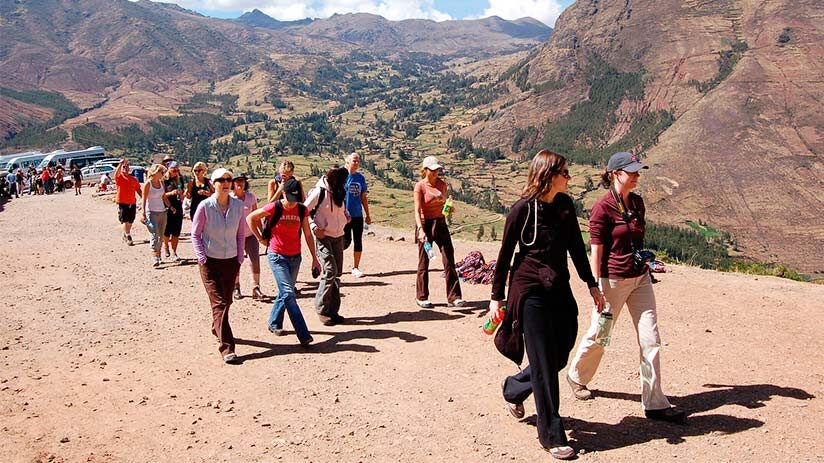
For those adventurous hikers, they can reach these awesome Inca ruins through a short trek from the local town. This experience consists of a steep 90-minute walk, depending on your fitness level. From the local town, you can follow the paved road that leads to the back of the town and slowly climbs up the mountain toward the ruins. In general, most of the trail goes uphill, except for the first section, which can go from top to bottom. Also, the path follows the mountainside, making it quite difficult to get lost. The entire route is well-signposted, but we recommend enjoying this route with a tour guide.
When you reach the top, you will have to make your way through the different buses and taxis stuck in the parking lot. From there, you will be able to appreciate the different terraces that descend the side of the mountain. This hike is intermediate to advanced level. But without a doubt, the hike is worth it. You will get magnificent and spectacular panoramic views up and down the Sacred Valley and the Peruvian Andes.
The return is a walk down, which will take about 45 minutes on foot, from the top to the traditional market in the local town. But of course, the time can vary depending on how long you walk through the ruins and the type of tour you choose to do.
B. Taking a taxi
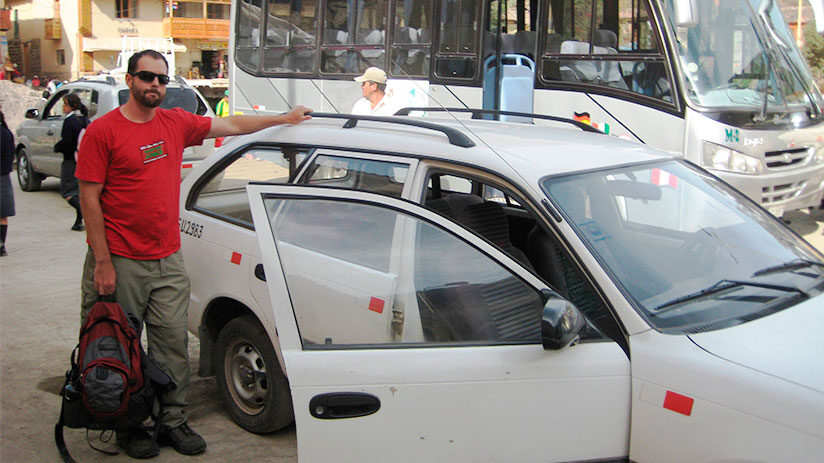
Although, if you are not a fan of hiking, you can also take a taxi from anywhere in the local town. The taxi is usually not expensive at all (around $5 – $7), and it will save you a little time (15 minutes one way). On the main road of town that heads to Urubamba, you will find several taxis specializing in taking tourists to the site. Before everything, make sure to arrange with the taxi driver to take you to the entrance and not to the checkpoint and negotiate the price of the service before.
C. Sacred Valley Tour
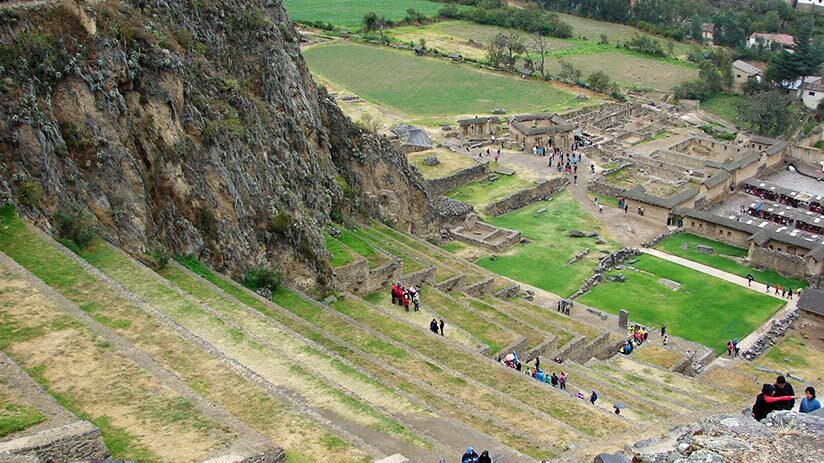
Usually, These Inca ruins are included in a popular complete tour package, called the “Sacred Valley tour”. And it also includes Ollantaytambo archaeological park and Chinchero town visits. The tour offers private transportation, entrance fees, and the service of a tour guide. It begins around 7 or 8 am and finished in the same Cusco at 5 or 6 pm. The transportation makes a stop of 02 hours in “Pisaca” to visit its handicraft market and part of its archaeological park, around 09 or 10 am the bus departs heading to the other archaeological place (Ollantaytambo). Whit his type of tour, you will get to reach a whole visit the three most important attractions in the Sacred Valley in only one day and at a unique price. Do you are interested? We can help you!
The best time to visit it
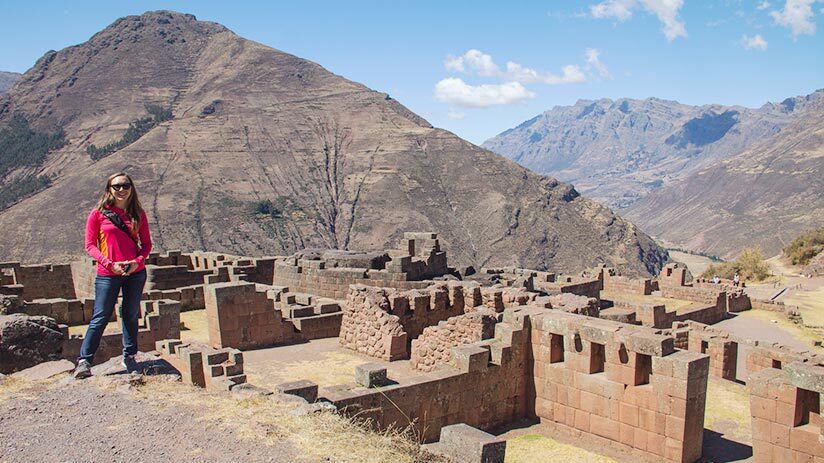
We recommend visiting this archaeological park between April to November (Dry Season). Perfect weather, hard sun rays, warm breezes, and clear skies. Otherwise, in the dry season, (from December to March) you will find cloudy skies, cold breezes, and muddy trails.
Is this attraction worth visiting? Of course, it is one of the main places to visit in the Sacred Valley. A remarkable visit has to include this kind of natural beauty, don’t you think?
By myself or within a tour?
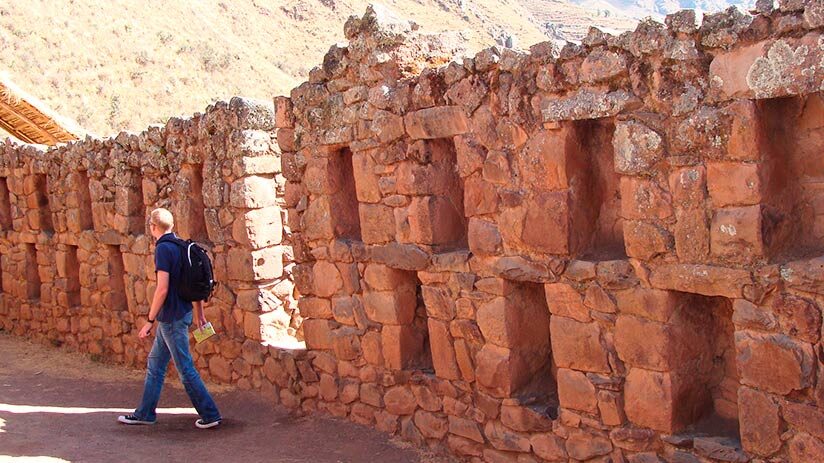
If we talk about nature destinations, the presence of a tour guide is not so important, since peace and tranquility are sought through the direct contact of the visitor with nature. However, if we talk about archaeological sites with history and legends behind them, having a tour guide who tells us these fascinating stories is highly recommendable. The visit to the archaeological park subject of this article fits this last description. So, having a tour guide throughout your visit will be necessary and recommendable.
Happily, there are many tour guides around the entrance of the archaeological park that offer their services in English or Spanish language (around $16 or 60 Soles by 01 hours and 30 minutes). Or if you want, you can hire a complete “Sacred Valley tour” that includes a tour guide, and entrance fees to the three archaeological sites to visit, Pisac ruins, Ollantaytambo, and Chinchero, besides transportation services (minibus). The tour cost is around $25 per person in a group service or $125 per person in a private service (tour guide and transportation only for you)
Alternative Pisac attractions
1. The Pisac town
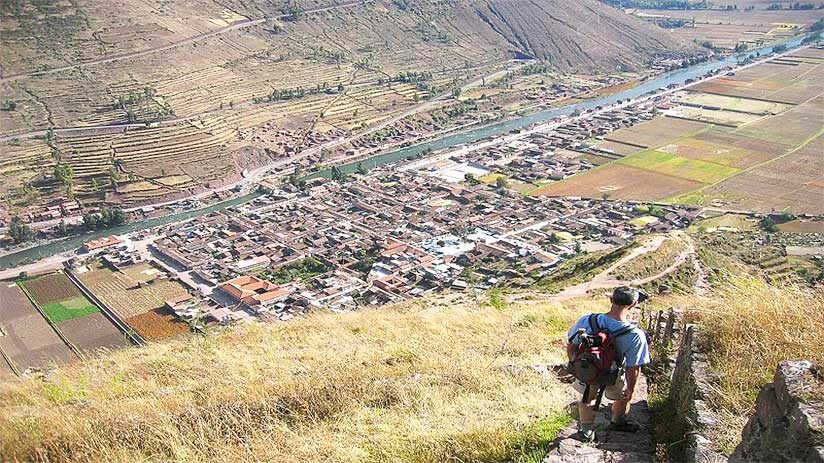
This complex is much more than an archeological site, it is also a wonderful and picturesque town with its iconic market. The archeological complex bears the same name as the picturesque village. The town is surrounded by beautiful mountains. Its beautiful square and church are some of the busiest places.
2. The Traditional Handicraft market of Pisac
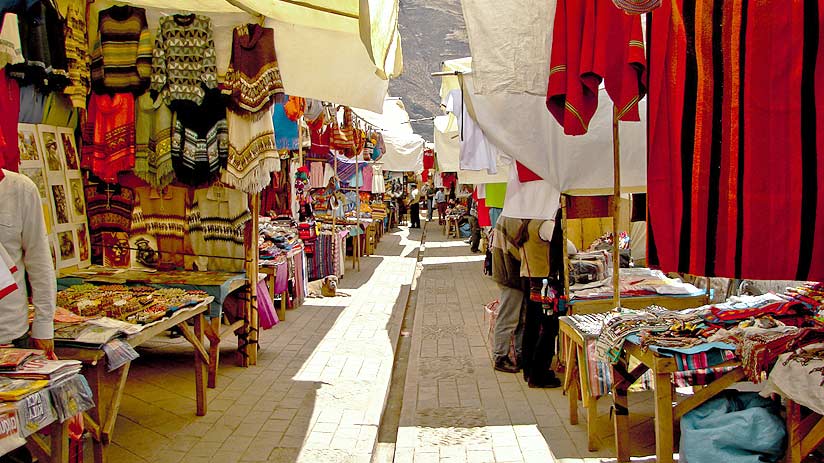
The town itself hosts a traditional market that is one of the most famous in Cusco. It draws many visitors to the Sacred Valley, especially on Sundays. This authentic and colorful market was an important commercial place for centuries. You can find hand-painted ceramics, articles related to the Inca culture, hand-woven products of alpaca fiber, jewelry, and other handicrafts, as well as food, fruits, and vegetables. This market is one of the best places to find souvenirs to buy in Peru.
3. Comunitario museum of Pisac
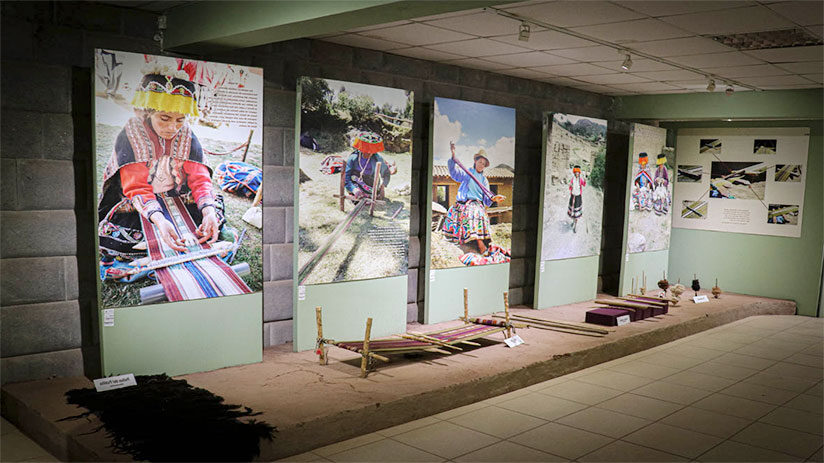
This is a local museum situated on the corner of Federico Zamalloa avenue. Inside it, many traditional ceramics, and fabrics of surrounding communities are shown, besides other Quechua communities of Sacred Valley.
4. Potato Park
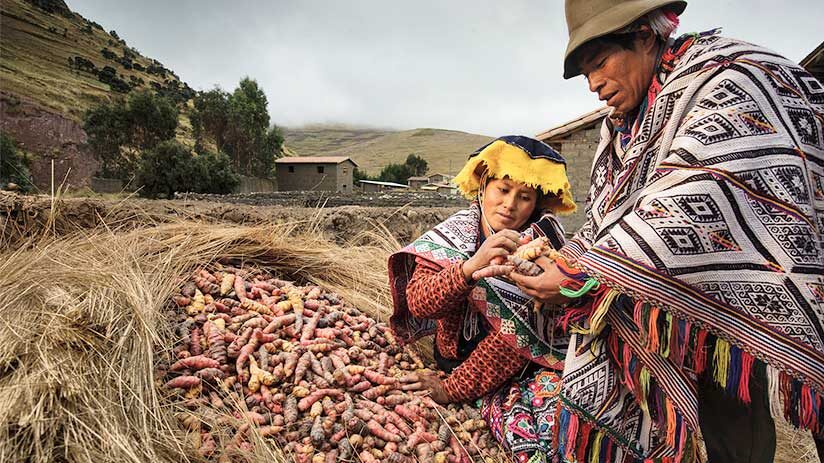
The organization of many communities around the Inca archaeological park achieved this project. They have a large tradition of potato production and decided to join, organize, and make paths through their plantations to show the visitant how native potatoes are produced. Undoubtedly, this is an attraction that should not be missed on your visit to Cusco and the Sacred Valley.
5. Botanical garden
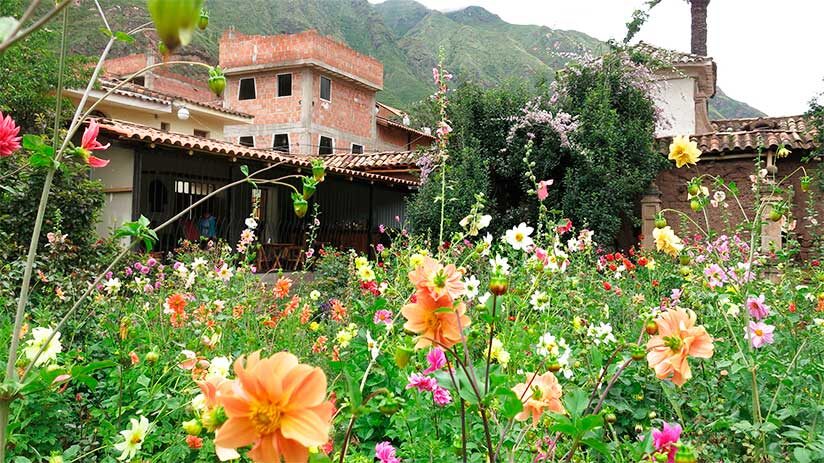
This interesting botanical garden was created in 1917 over the installation of an ancient colonial garden by a Peruvian botanist. The Felipe Marino Moreno Botanical garden contains many plant specimens of the zone and other foreign, too. Due to the correspondence between this Peruvian enthusiastic and his colleagues from other parts of the world.
Entrances and schedules
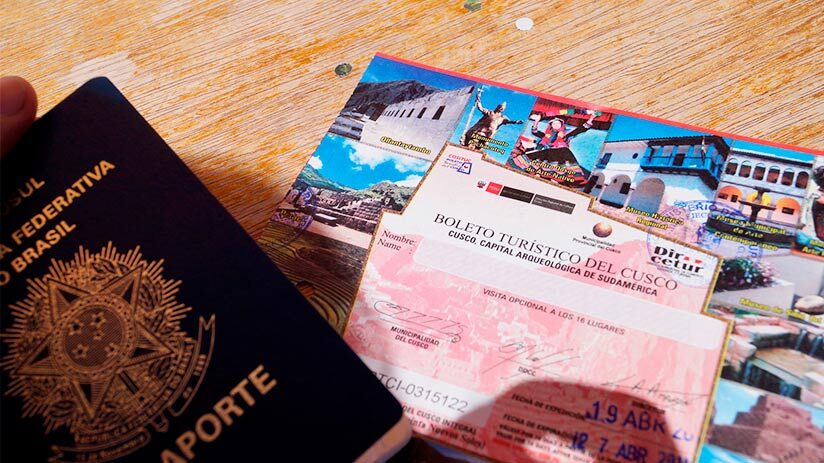
The entrance ticket to this archaeological park does not come alone, it is part of a mixed ticket that includes entrances to other Inca archaeological attractions like Ollantaytambo, Chinchero, museums in Cusco, and some attractions of south valley. This ticket is called the “General Tourist Ticket of Cusco” and has a cost of $33 per adult and $18 per student. Underage 07 years old don’t have the entrance fee. Of course, there is another cheapest ticket called the “Partial Tourist Ticket of Cusco” which includes the entrance only for attractions located in the Sacred Valley (not in Cusco and the South Valley) The cost is $18 both for adults and students.
You don’t need to make a booking month in advance to buy the entrance to this amazing Inca attraction, because this one has unlimited availability.
These tickets are sold at the same entrance of the attraction or in the Cusco municipality office located at El Sol Avenue 103, Cusco. From 07:00 am to 07:00 pm every day, including weekends.
The ruins are open every day of the year from 7 AM to 6 PM.
What to bring
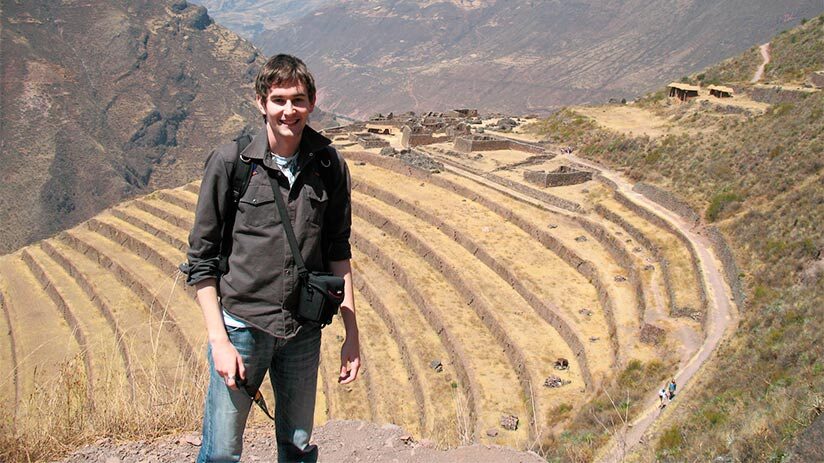
Despite being a route suitable for all audiences, here are some tips to take into account. These will make your experience a much better one.
- Wear comfortable hiking boots, to avoid sprains and accidents, and also clothing for high altitude and outdoor hikes.
- Be prepared for extreme sun, cold, and possible rain. So, bring layers of clothing for sudden temperature changes.
- Bring water in your backpack and some snacks. A small bottle of water will be vital for the walk, although there are also often street vendors who sell them.
- To understand the history of the Inca archaeological park, we suggest hiring a tour guide. Most tours include this service, but if you come on your own, it is possible to hire one at the front door.
- Make sure to bring sunscreen, as the hike can be quite exposed to the sun. Avoid burning yourself!
- If you are traveling during the rainy season (from November to March), we recommend doing the trek in the morning. Since the most frequent rains occur during the afternoon.
“A RUIN SHOULD ALWAYS BE PROTECTED BUT NEVER REPAIRED – THUS MAY WE WITNESS FULL THE LINGERING LEGACIES OF THE PAST”
We hope that this little guide to this awesome Inca attraction has been helpful to you. Without a doubt, the views and constructions of this Inca attraction come to rival those of Machu Picchu. Not for nothing is it considered one of the most popular attractions in the Sacred Valley. The Machu Travel Peru team hopes to have encouraged you a bit. If you want to know more about everything that this magical Sacred Valley has in store, you can consult with our team of advisors. They will be happy to help you with the tours of the beautiful Sacred Valley of the Incas.
